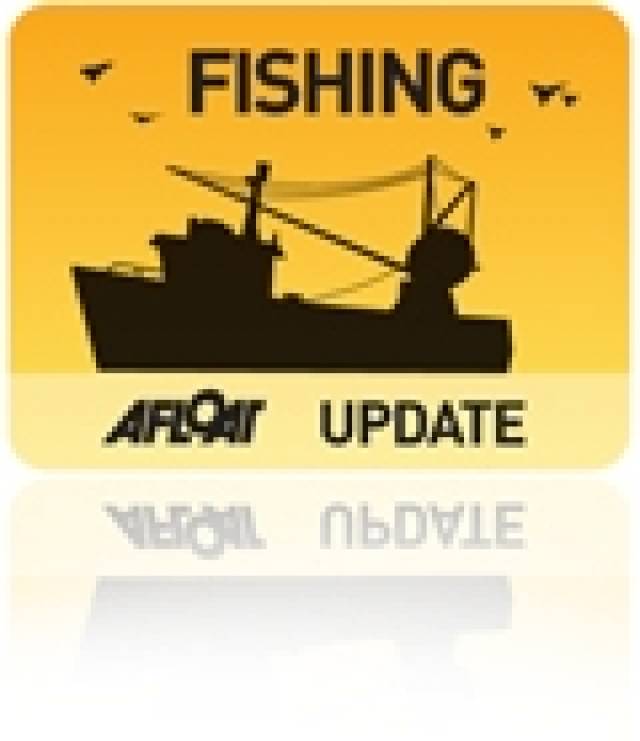#seafisheries – The impact of commercial fishing in more than 11,500 square kilometres (7,000 square miles) of English coastal waters is being reviewed to make sure that habitats and species are not damaged by fishing.
This area for further assessment covers about one-third of the sea within six miles of English beaches where there are 89 separate European maritime sites (EMS) protected under European Union law from damage caused by existing or future fishing.
Rob Clark, chief officer of the Southern Inshore Fisheries and Conservation Authority (SIFCA) said today (October 7) that the revised approach to the management of commercial fishing within these maritime sites would ensure EU rules are fully met and inshore fisheries are sustainable.
"Building on existing management measures will ensure that all existing and potential commercial fishing is subject to an assessment of their impact on the sites," he told the annual conference of the Institute of Fisheries Management (IFM) in Liverpool.
Revised management rules would meet EU directives which called for seabed habitats and species in them to be restored to a "favourable conservation status" and for activities which would "significantly disturb or deteriorate them" to be prohibited.
An existing matrix-type approach showing the effect of fishing gears on conservation objectives is being used to enable regulators to decide if priority management measures should be introduced to protect a site, or whether further assessment was necessary.
Fishing activities have been classified as red, amber, green or blue according to the potential or actual impact of fishing gear on a site.
IFCAs have already introduced byelaws restricting potentially damaging fishing from some 5,680 square kilometres of the most important near shore areas classified as red risks, and the Department for Environment, Food and Rural Affairs (Defra) expects measures to address amber risks to be in place by 2016.
Mr. Clark said there was still a significant amount of work to be done by the 10 IFCAs and their partners covering the whole English coast, to deliver the government's commitments for lower risk fishing activities in these areas.
Amber risks would be at sites where there was doubt whether conservation objectives would be achieved because of its sensitivity to a type of fishing. The effect of that activity would need to be assessed at each site affected and management action taken based on the assessment.






























































